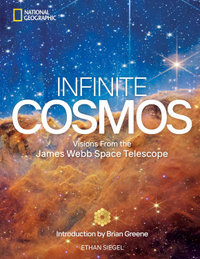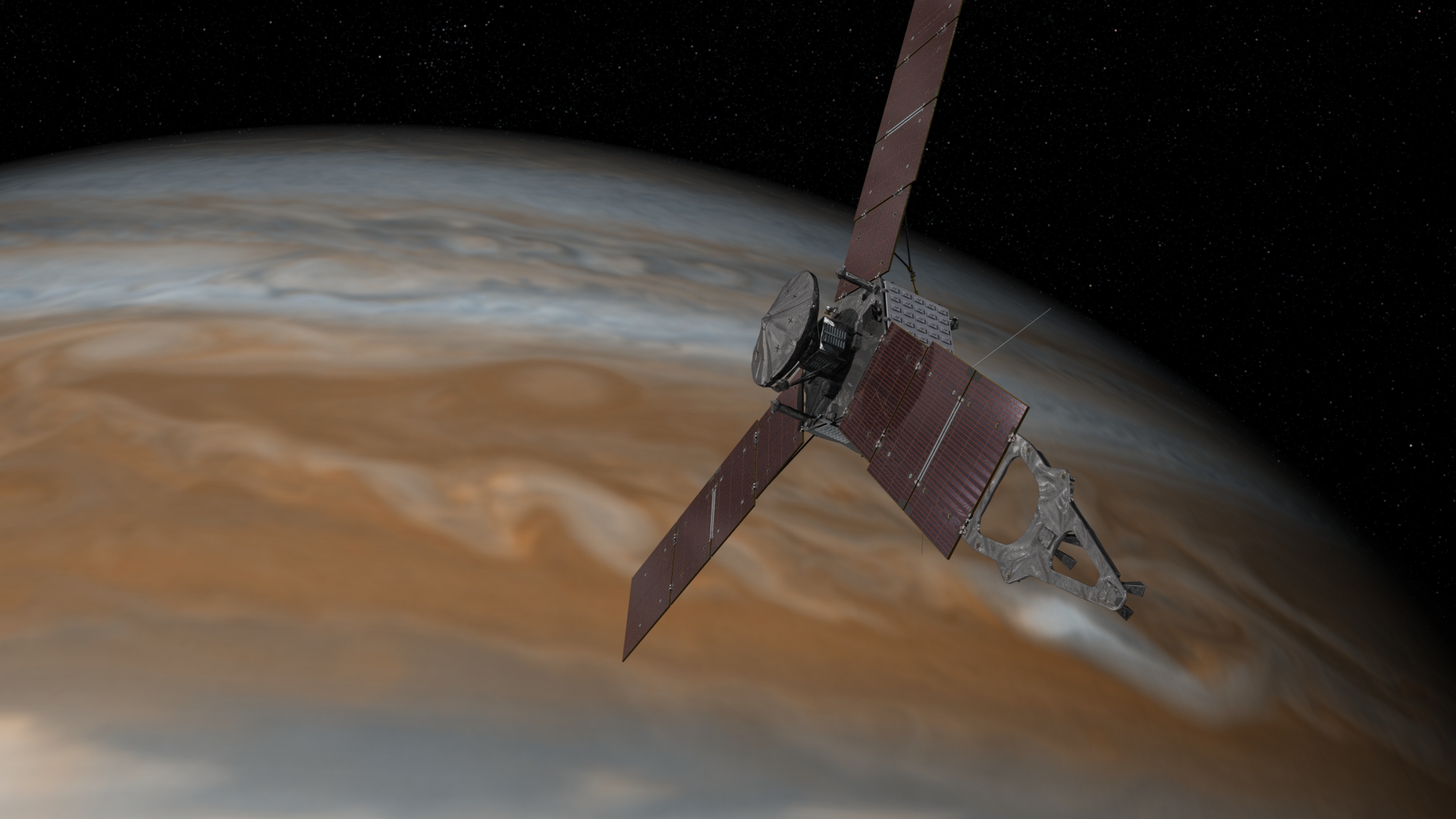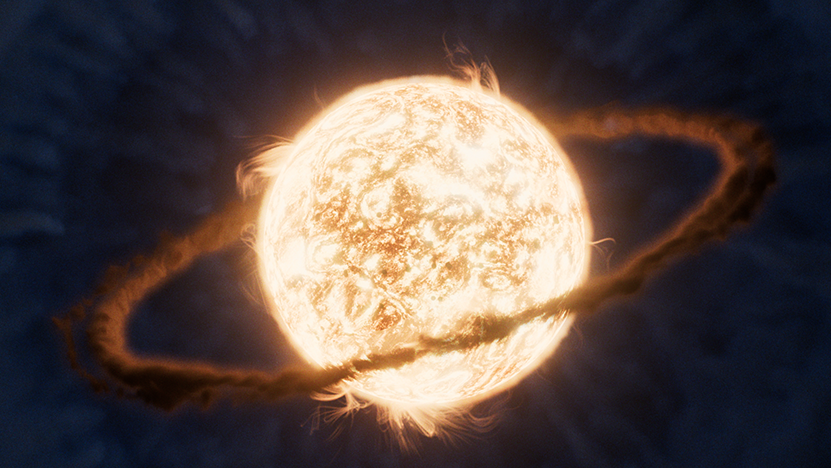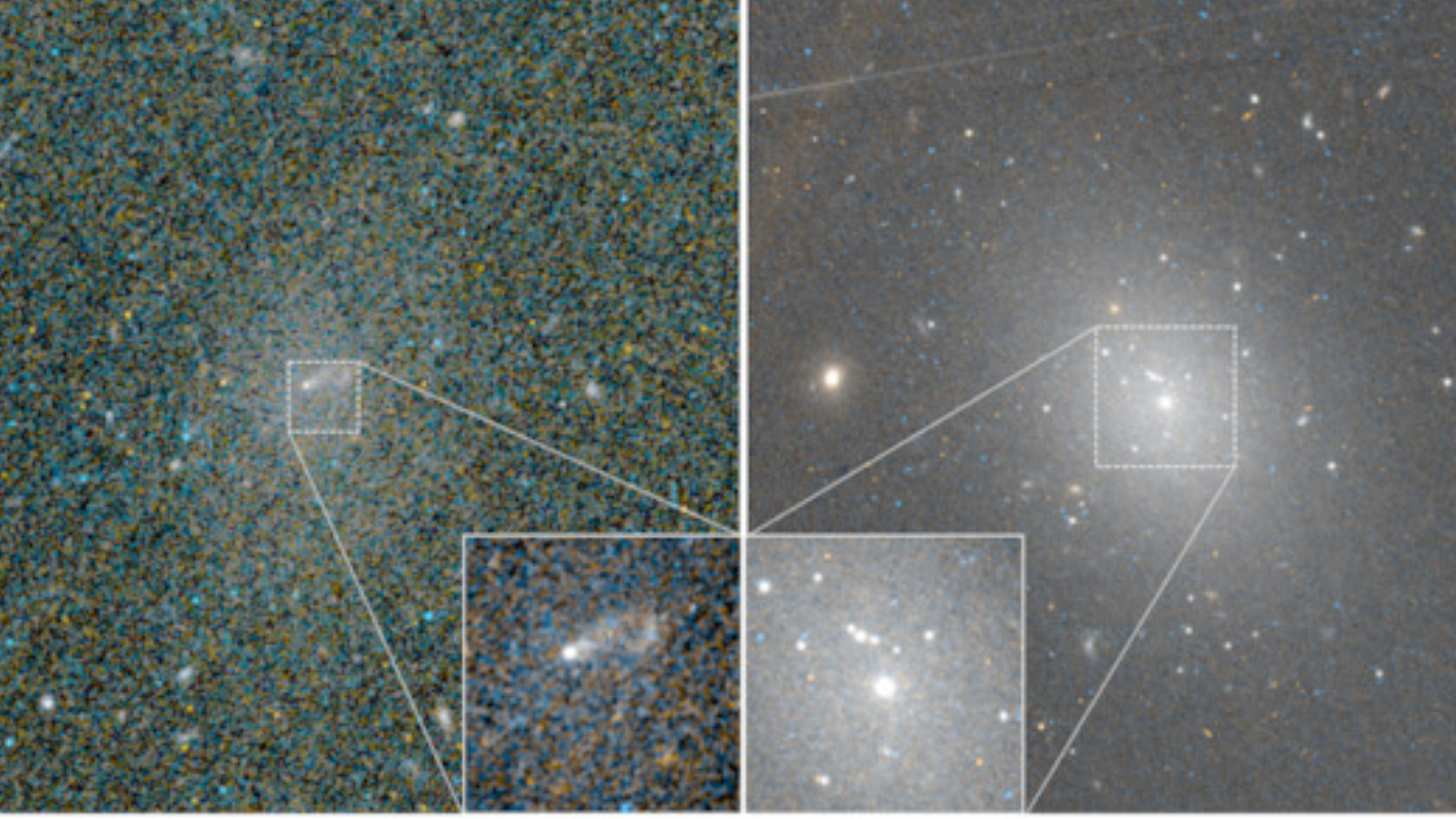
NASA's James Webb Space Telescope (JWST) has been an astonishing piece of technology for the advancement of humankind's understanding of the universe, and the source of awe-inspiring images of black holes, galaxies, and nebulae it's returned to scientists and astronomers since it was deployed into a solar orbit back in 2022.
"Infinite Cosmos: Visions From the James Webb Space Telescope" is a 224-page hardback published Oct. 8, 2024 from National Geographic that breaks down the history of this remarkable $10 billion observatory platform from conception to deployment, and reveals the inspired minds responsible for its engineering, construction, lift-off, and inspiring operational record.
Written by astrophysicist and popular online science host Ethan Siegel ("Starts With a Bang") and including a comprehensive introduction by noted science author Brian Greene ("The Elegant Universe," "Until the End of Time"), "Infinite Cosmos" reveals the myriad ways the JWST has altered everyone's perceptions of the night sky with volumes of illuminating imagery straight from our mysterious heavens.
Infinite Cosmos: Visions From the James Webb Space Telescope | was $50, now $40.56 at Amazon.
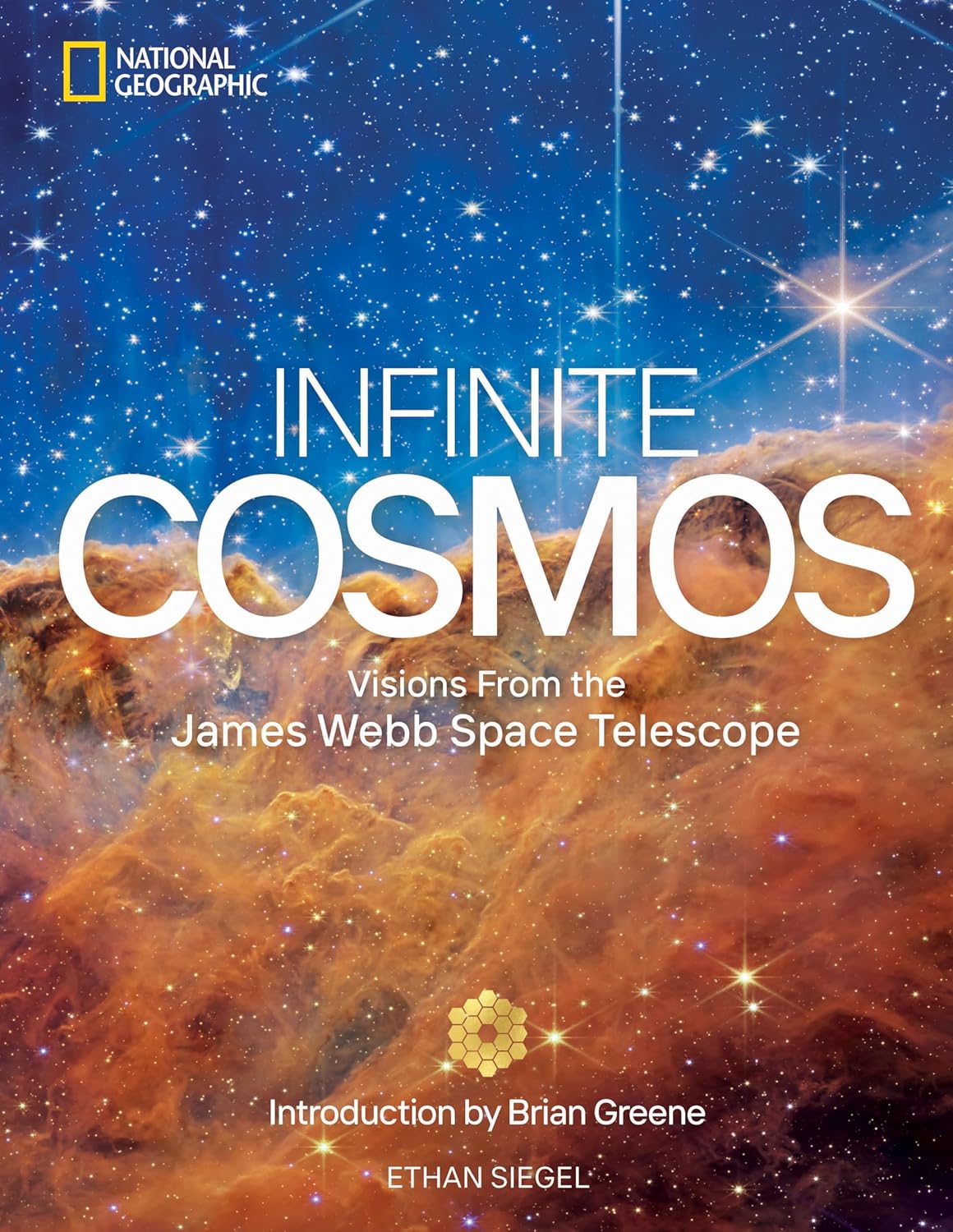
Here's the official synopsis:
"From the years of design and manufacturing through launch and deployment to the extraordinary images and the new science they inform, 'Infinite Cosmos' showcases the revelations coming from the James Webb Space Telescope — the sharpest planetary vistas and the deepest views of the cosmos humankind has ever seen.
"Stars forming in clouds of cosmic dust. Jupiter and its moons sharper than we've ever seen them. Galaxies billions of years old. The first images from the James Webb Space Telescope (JWST) have electrified the world — and astonished veteran scientists with the wealth of information they reveal. In 'Infinite Cosmos,' National Geographic tells the 20-year saga of the telescope's development and the feats of science needed to send it into orbit around the sun, a million miles from Earth.
"Page after page showcase more than 100 spectacular photographs picturing the cosmos as never seen before, from stardust coalescing in the Eagle Nebula's 'Pillars of Creation' to glittering galaxies, newly discovered exoplanets, deep-space fields of stars, and the planets of our solar system in vivid detail. The definitive printed record of these historic astronomical accomplishments, this is a book that inspires awe and admiration, perfect for space and aerospace enthusiasts, libraries, and anyone who looks up in wonder at the starry skies."
Get the Space.com Newsletter
Breaking space news, the latest updates on rocket launches, skywatching events and more!

Siegel is well known in the scientific community and with this new JWST book he wanted to provide a more optimistic, alternative narrative to recent documentaries that negatively focused on the project's backstory, setbacks, and struggles.
"Aside from the beautiful images, JWST is really showcasing what humanity can do if we make a sustained investment even for something that we only get one shot at," Siegel tells Space.com. "It was this sustained effort over decades by thousands of people, and in particular I want to emphasize the role of scientists, engineers, and technicians as well as the role of private companies in partnership with NASA, the ESA, and the Canadian Space Agency. This had a lot of different moving parts that had to come together, work together, be checked, and tested over and over again, to ensure that when we get that one shot at launch, and that one shot at deployment, and that one shot at orbital insertion, that this is going to be a success.
"Now in 2024, I'm going to tell you that in just two years into its science mission, we've learned things about the universe that we never expected, and that to me is the big story. Yeah, we built this observatory, we had our goals in mind, but the biggest news are the surprises we found. We built this all-purpose observatory with a larger diameter mirror and a more precise surface, a new set of wavelength capabilities, a brand new technology that enabled us to have a folding segmented mirror and a passively-cooled sunshield, new instruments that were superior designs to any designs before, and the cleanest clean room ever. You put it all together and you have an observatory that can go out and find these things we know how to look for. But you also have an observatory that has discovery potential."

One thing Siegel wished to emphasize in this project is when the JWST was designed, it was calculated that the telescope would only offer up to a decade of longevity.
"That was based on saying, 'We're going to launch this telescope, we've got to burn it so it gets inserted into orbit, then we hope we have enough fuel left onboard to operate for five-to-ten years," he adds. "When crunch time came, the launch was so perfect that we now expect to get between 22 and 23 years of operation out of it.
"I [...] watched this launch live and got up at like 4 a.m. on Christmas morning in 2021. I cried at one critical moment, when the spacecraft released the telescope and seconds later the solar panels started coming out. It wasn’t a mistake. It was an automated feature that said when you’re on a specific trajectory, deploy the solar panels. That first spacecraft burn that it was expecting to need to do where it would expend fuel to put it on the right course, it was unnecessary because the launch was so good. We didn’t even need to touch the 'steering wheel' at all once the rocket released it. That saved so much fuel that we can spend almost all of it on science operations. The biggest thing I hope to communicate with this book is to help people develop an awareness of what we're learning with the investments we've made.”
"Infinite Cosmos: Visions From the James Webb Space Telescope" is available now.
Join our Space Forums to keep talking space on the latest missions, night sky and more! And if you have a news tip, correction or comment, let us know at: community@space.com.

Jeff Spry is an award-winning screenwriter and veteran freelance journalist covering TV, movies, video games, books, and comics. His work has appeared at SYFY Wire, Inverse, Collider, Bleeding Cool and elsewhere. Jeff lives in beautiful Bend, Oregon amid the ponderosa pines, classic muscle cars, a crypt of collector horror comics, and two loyal English Setters.
